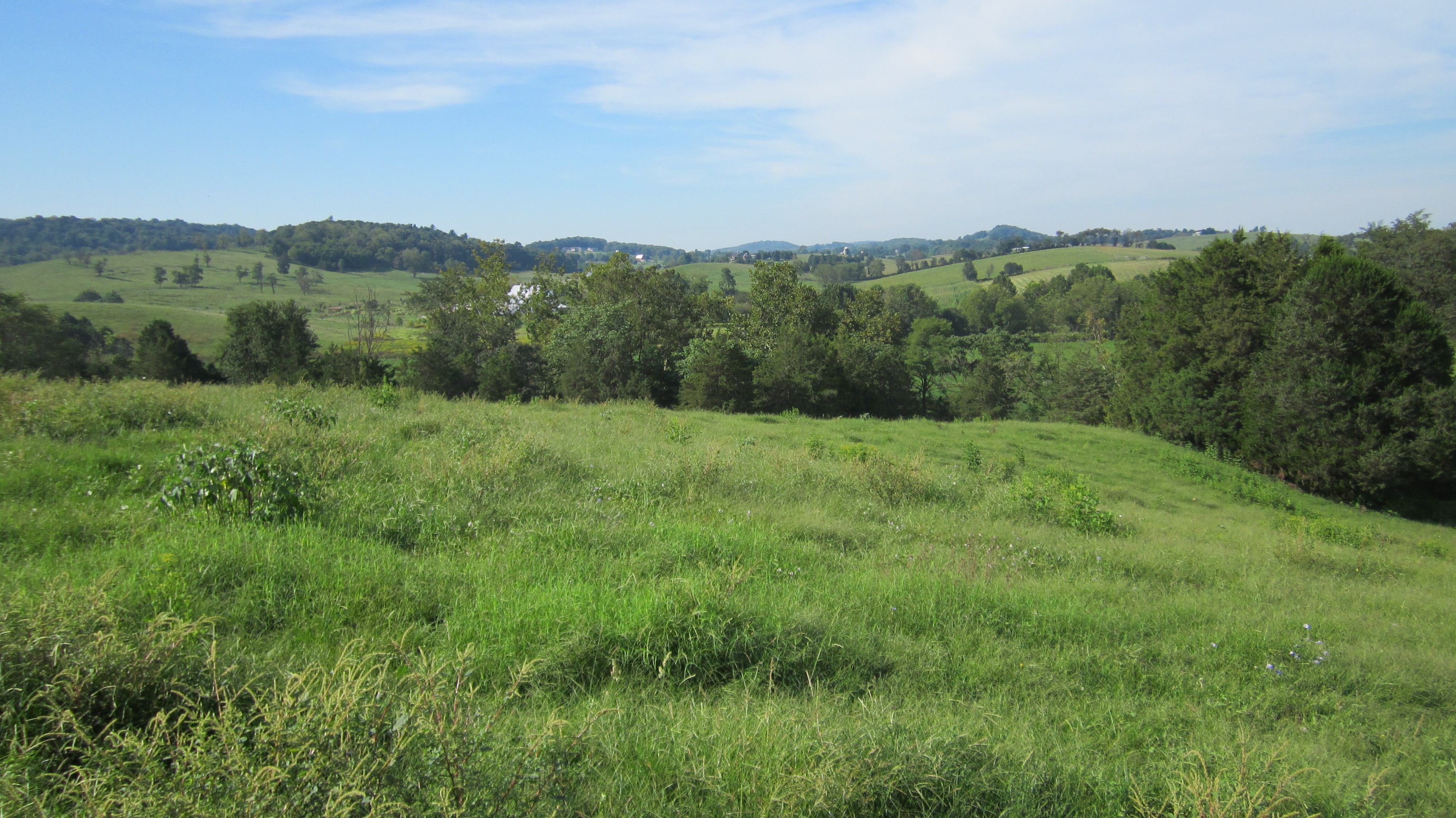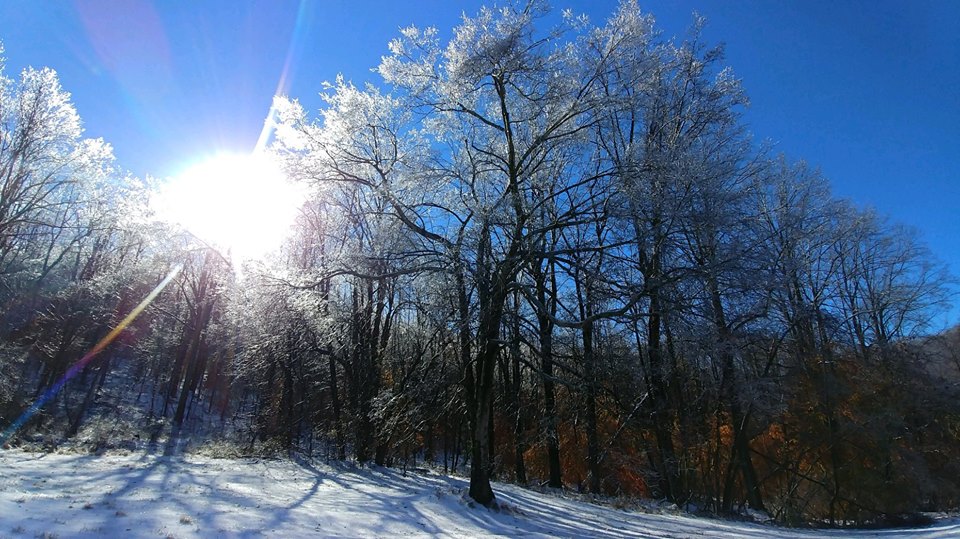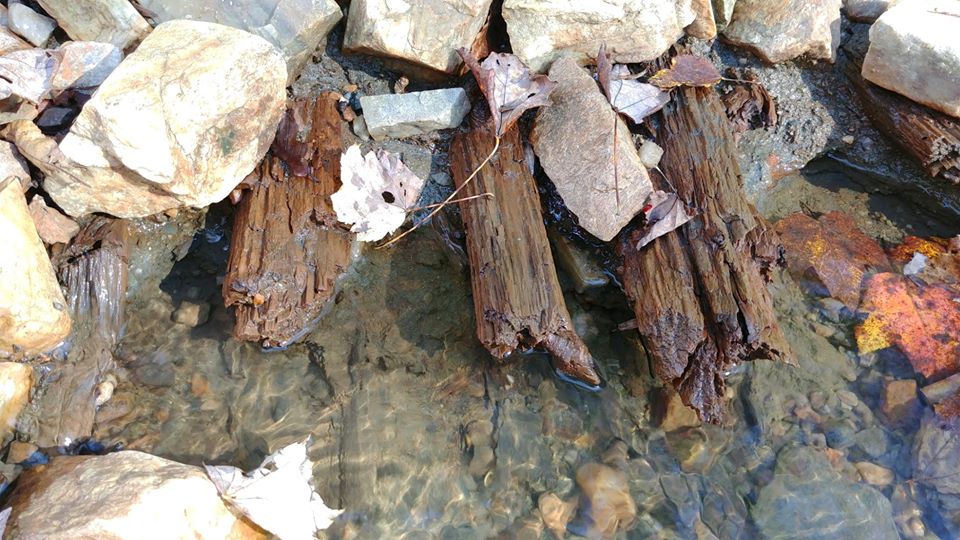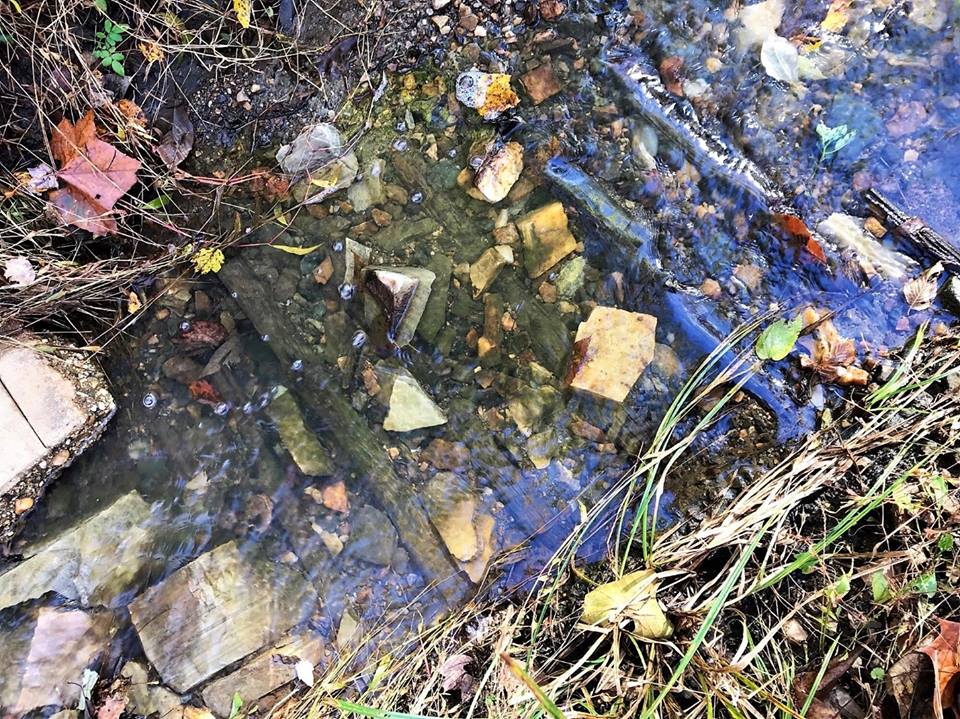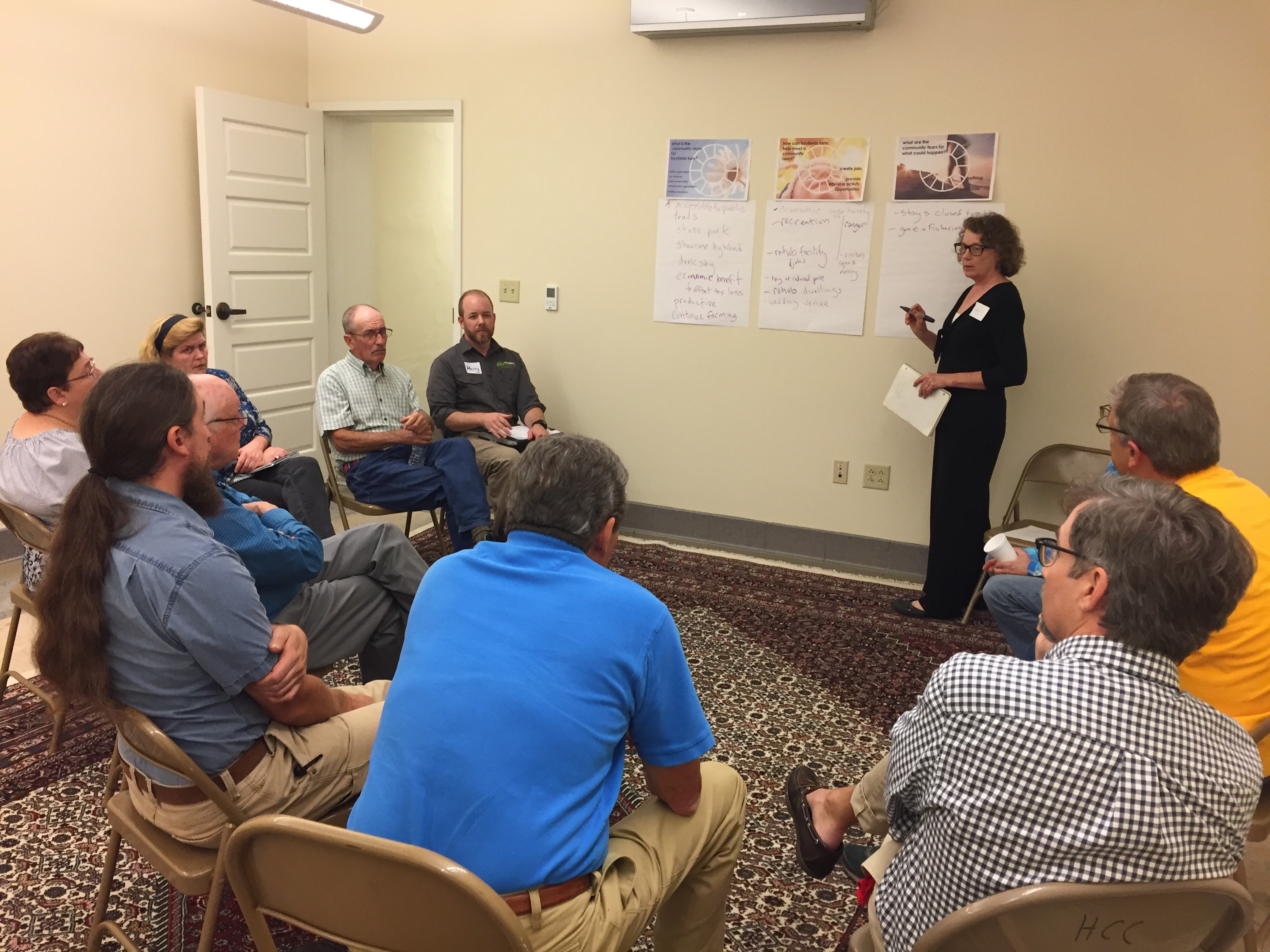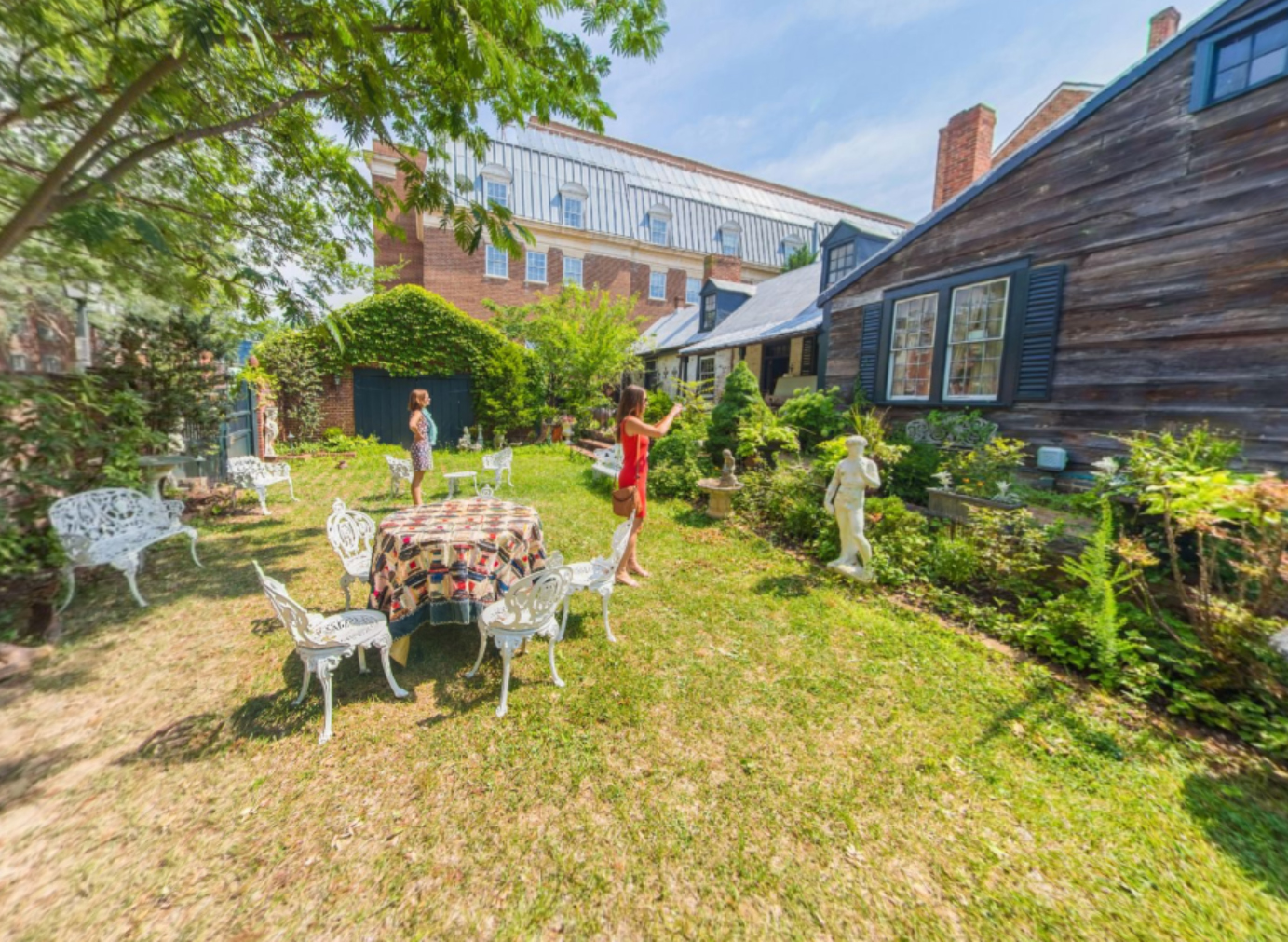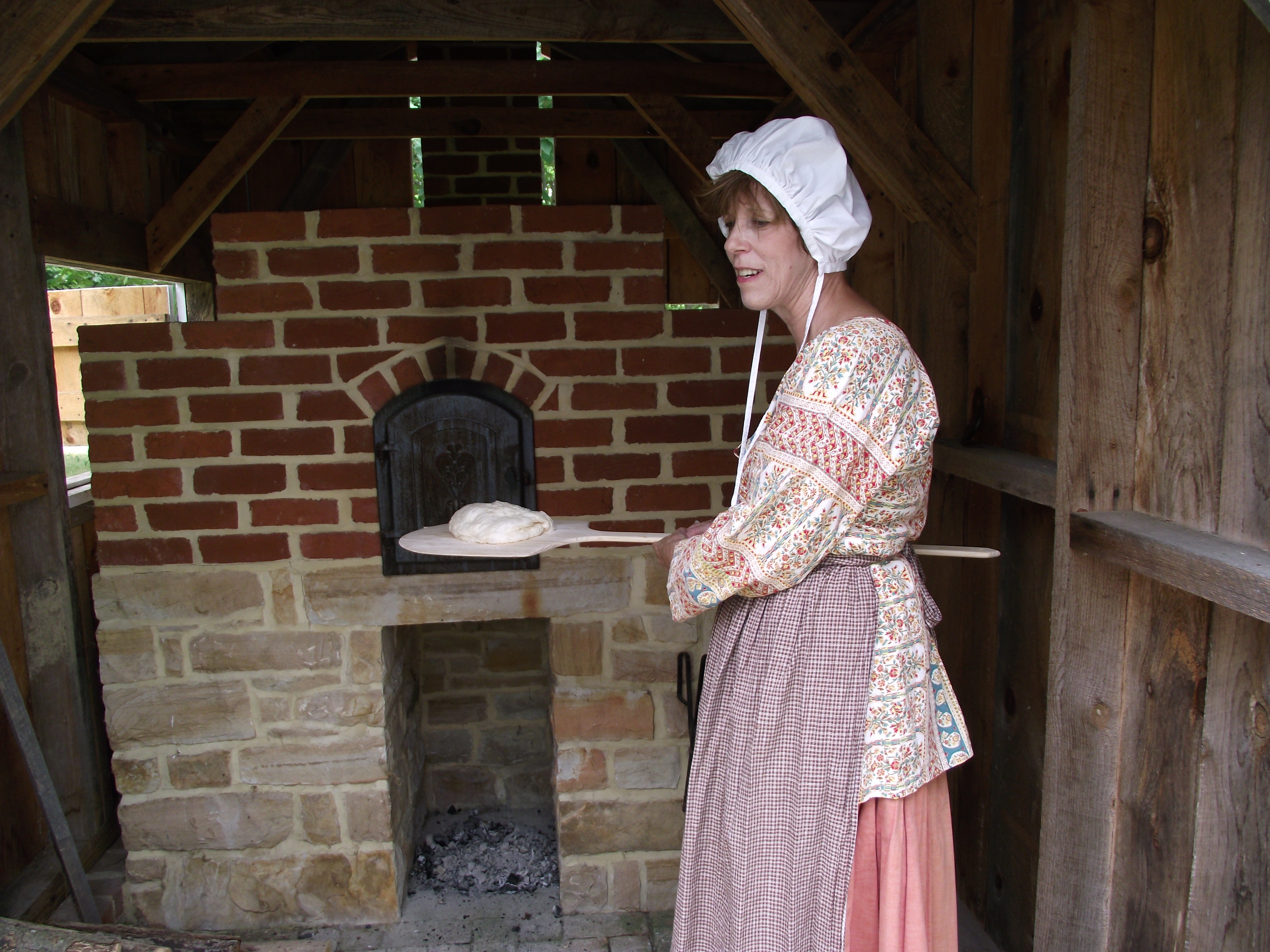Bartholomew and Christina Johnson of Rockingham have made a significant contribution to water quality protection in the Smith Creek Watershed by donating an open-space easement on their farm to VOF.
The 48 acres near Keezletown contain a large portion of the headwaters of Smith Creek. The easement requires existing stream buffers to be permanently maintained on the property. The buffers help to maintain the water quality by limiting development and livestock access, which can cause sedimentation and pollution.
Smith Creek is one of three watersheds in the nation designated by the U.S. Department of Agriculture’s Natural Resources Conservation Service as a “Showcase Watershed.” The goal of the designation program is to produce measurable improvements in water quality within a specific geographical area. To do this, NRCS is working with state and local agencies to engage more than 90 percent of the farmers in these watersheds, giving them the technical and financial tools to enhance clean water practices on their farms.
From 2010 to 2017 in the Smith Creek Watershed alone, the NRCS program helped farmers manage nutrients on more than 5,826 acres, plant 3,223 acres of cover crops, implement rotational grazing on 726 acres, and install over 26.1 miles of livestock fencing.
To date, VOF has protected more than 1,300 acres in the Smith Creek watershed.
“The Johnsons have a small farm, but they have so much frontage on Smith Creek and one of its major tributaries,” says VOF easement specialist Laura Thurman, who worked on the project. “Plus, it contains brook floater, a species of mollusk that the state of Virginia lists as ‘endangered,’ so we knew it needed protection.”
The easement also prohibits division of the property — another protection important to Bart Johnson.
“I grew up here, and it’s always been this little pocket of really nice farms that are still intact and very scenic,” he says. “I would like to see it stay the same.”
